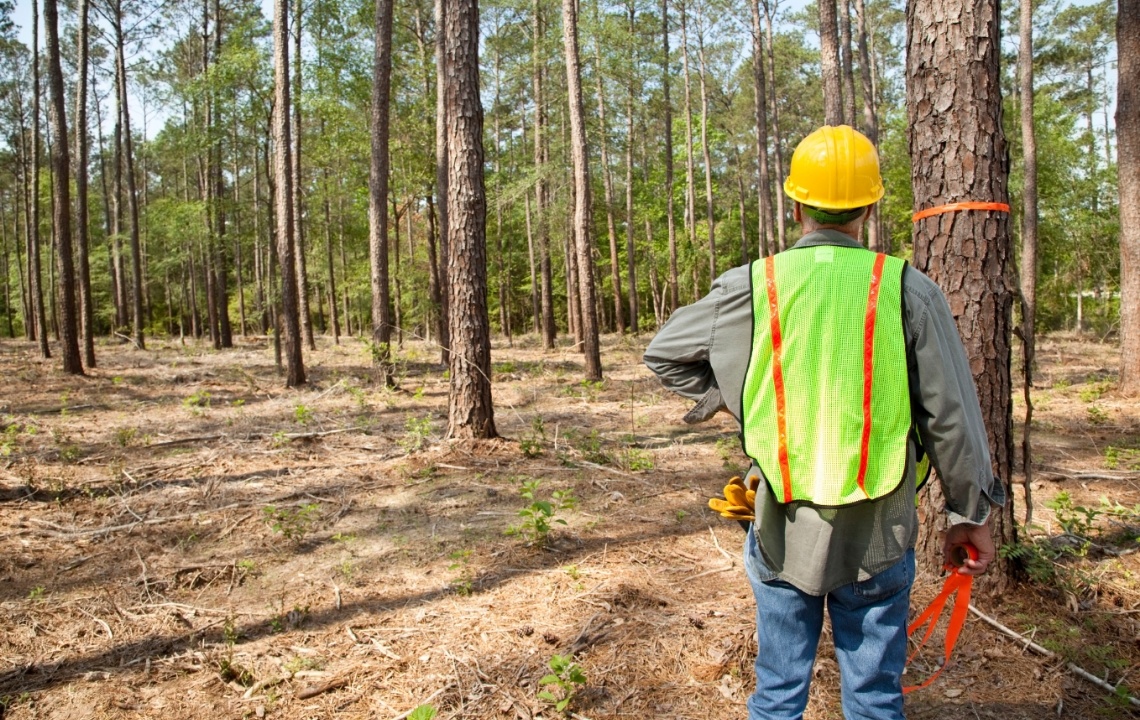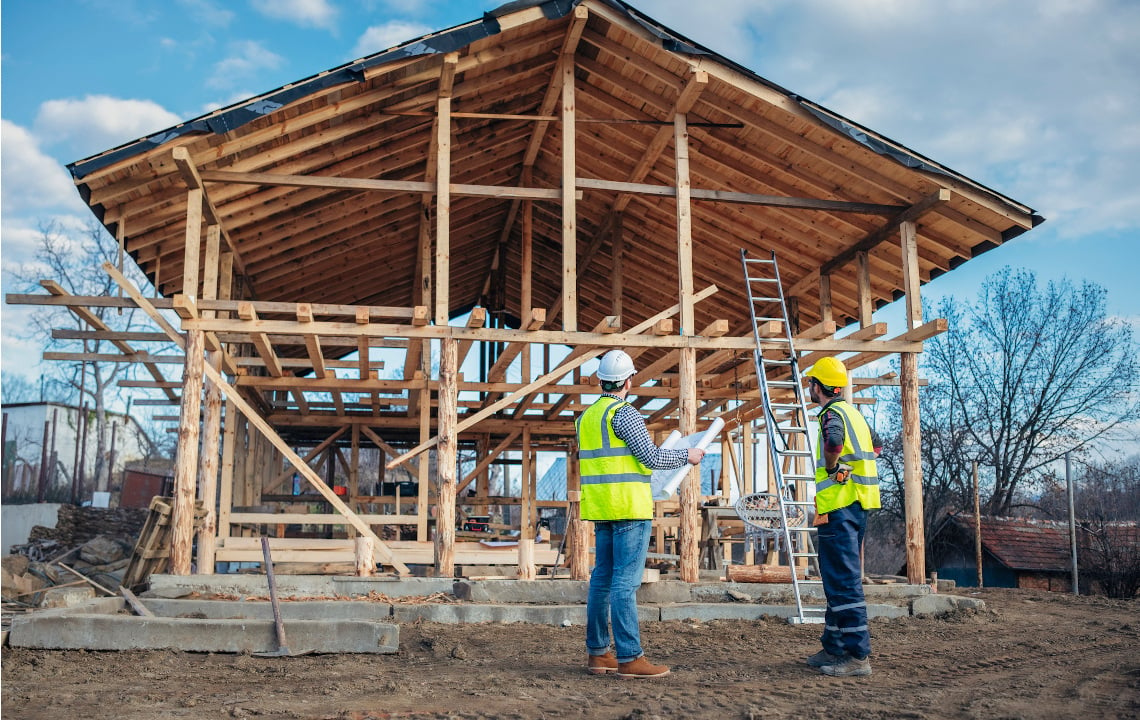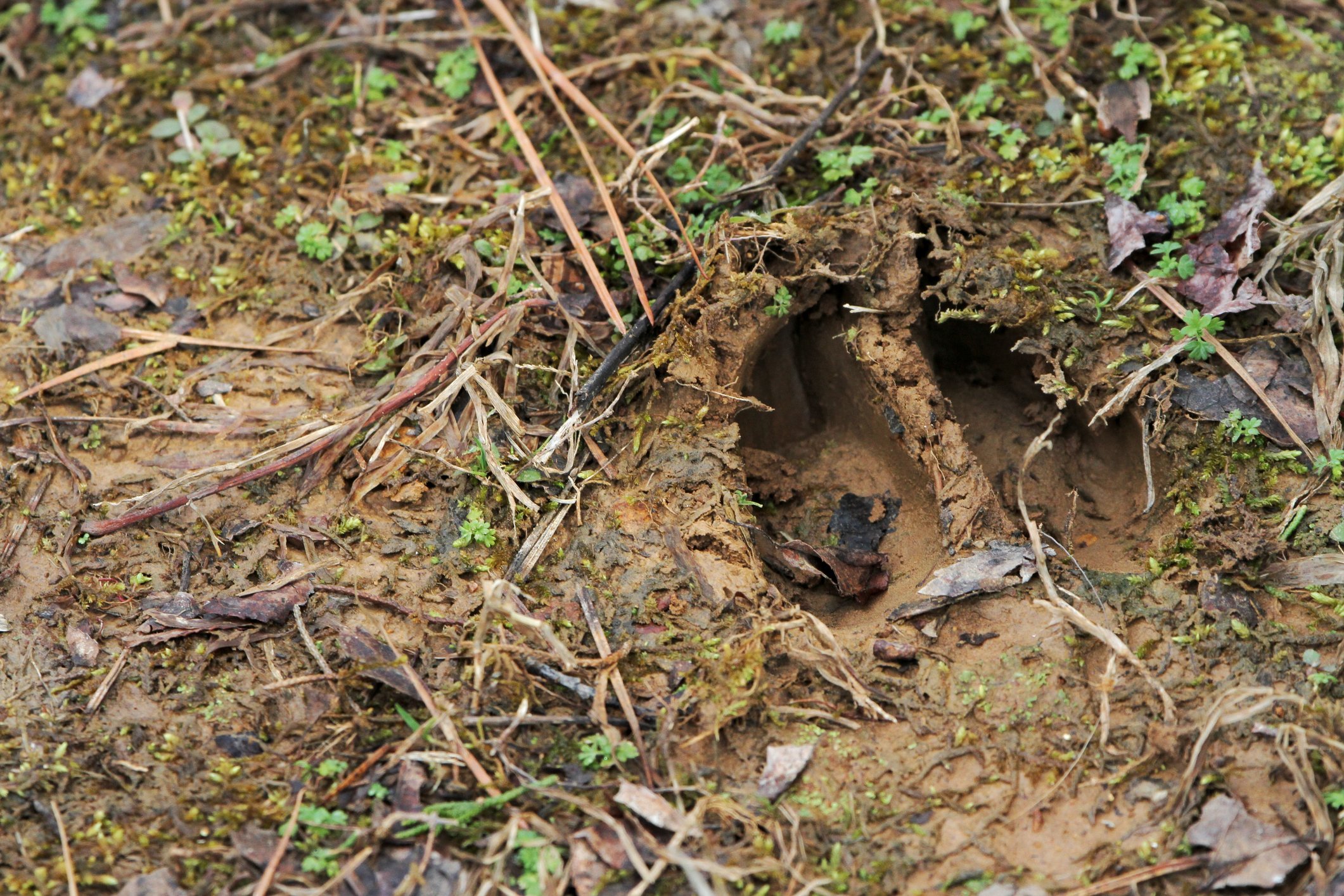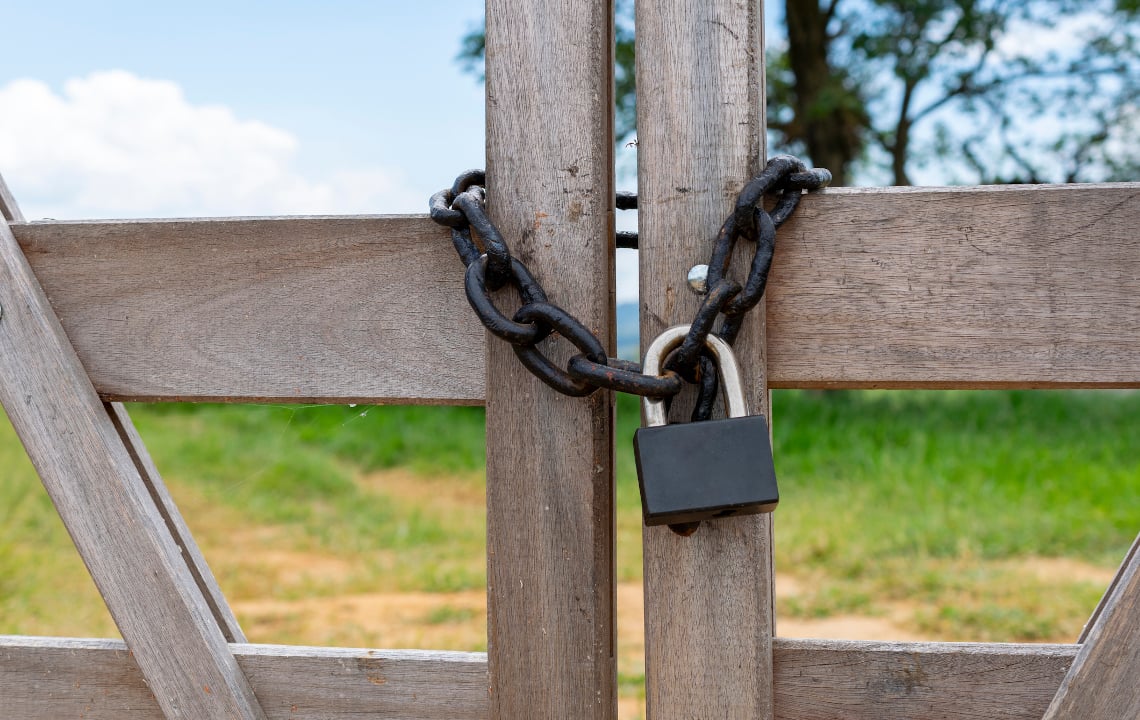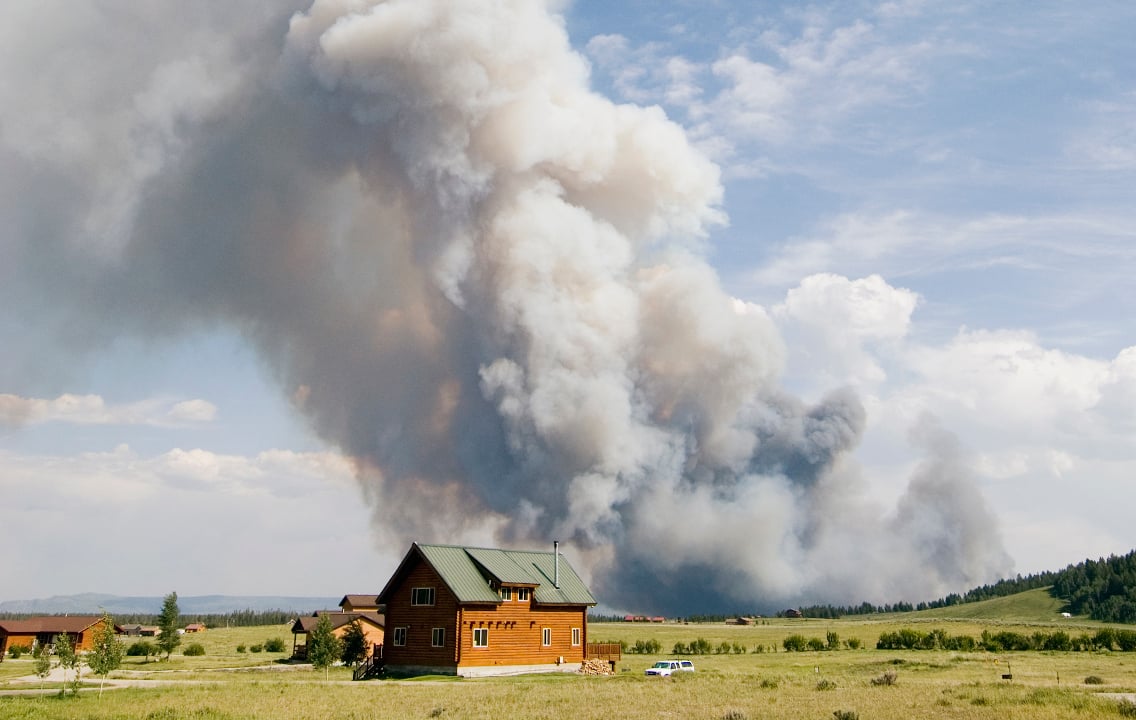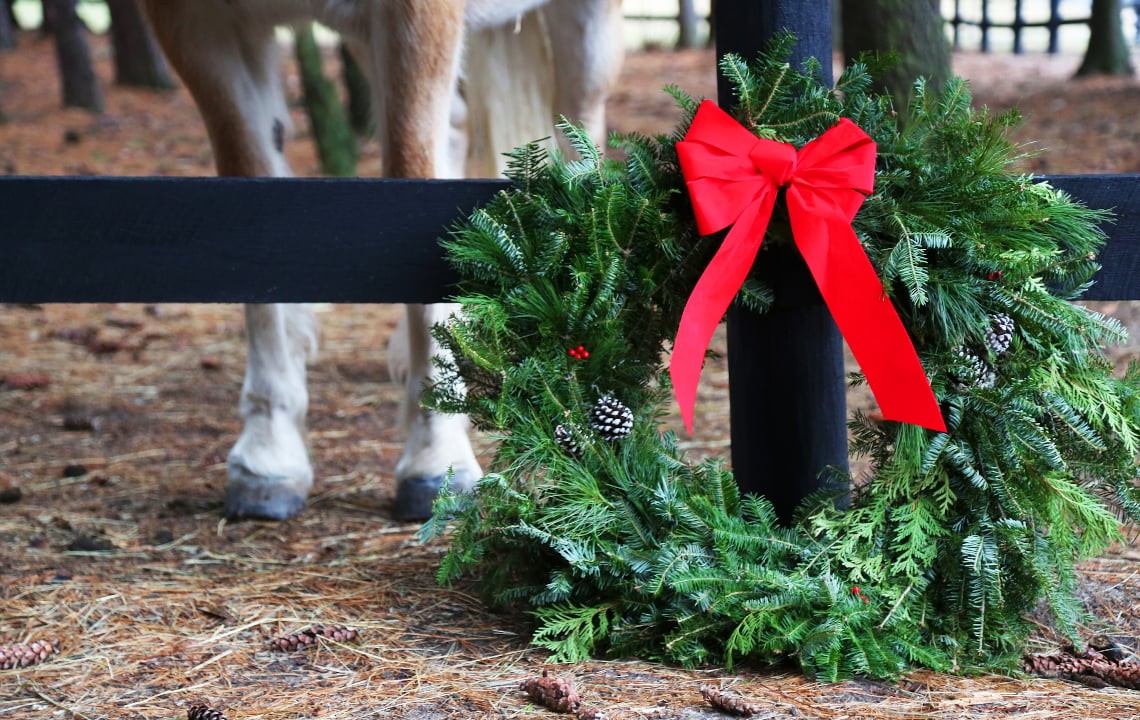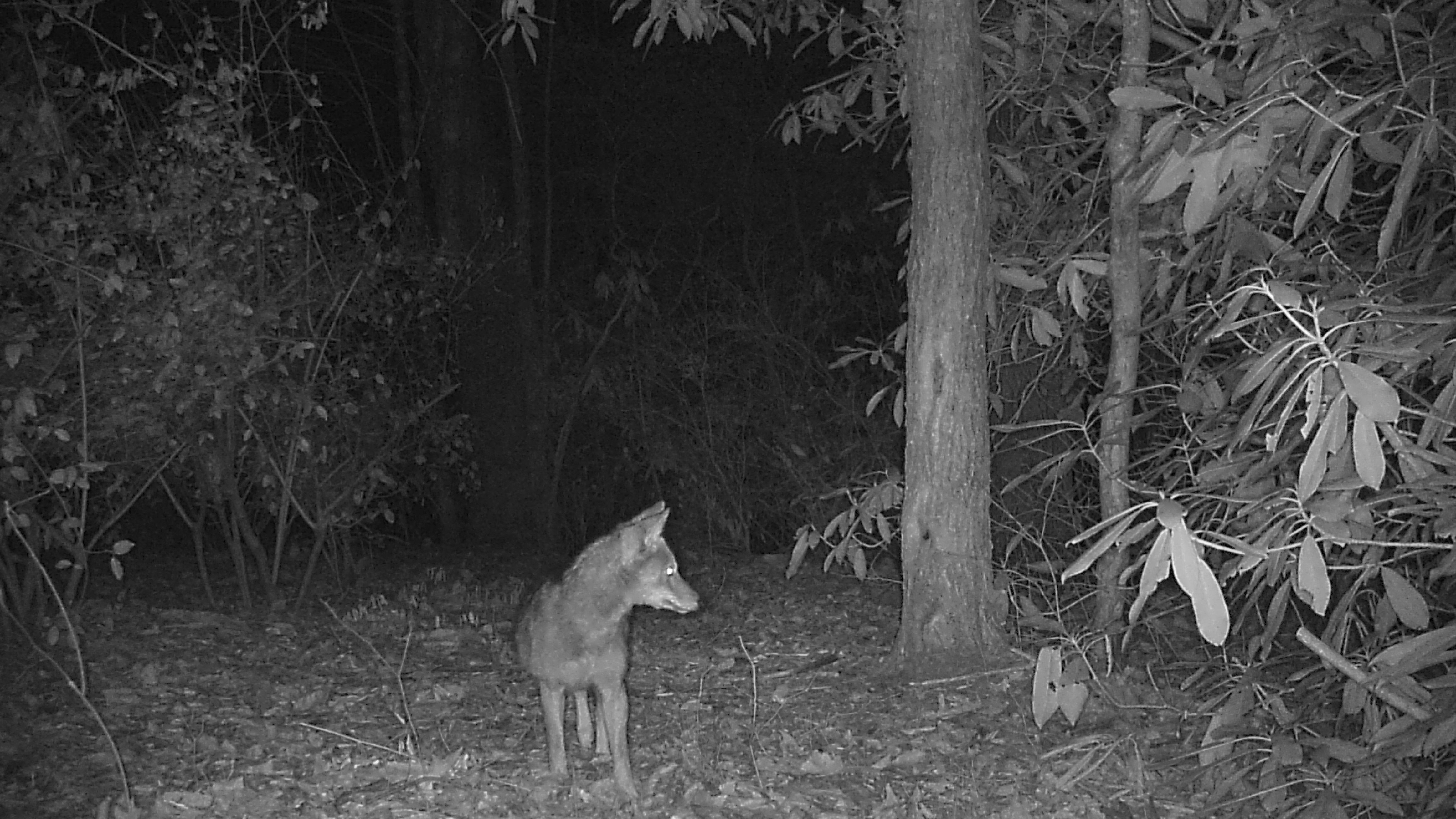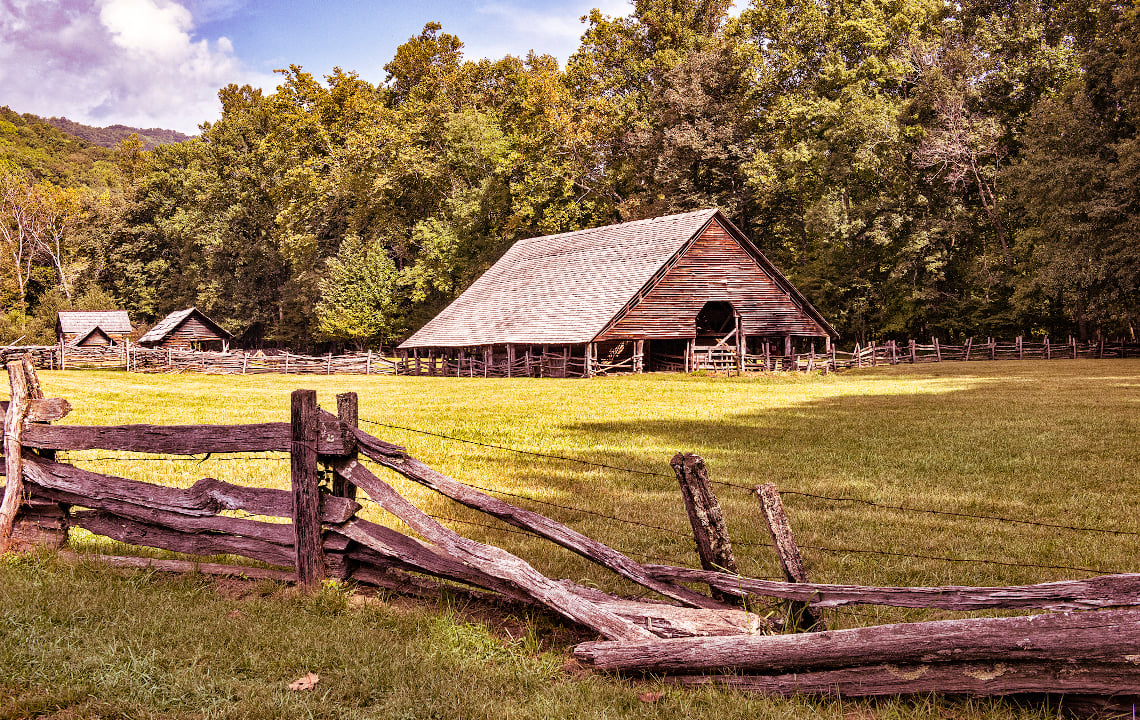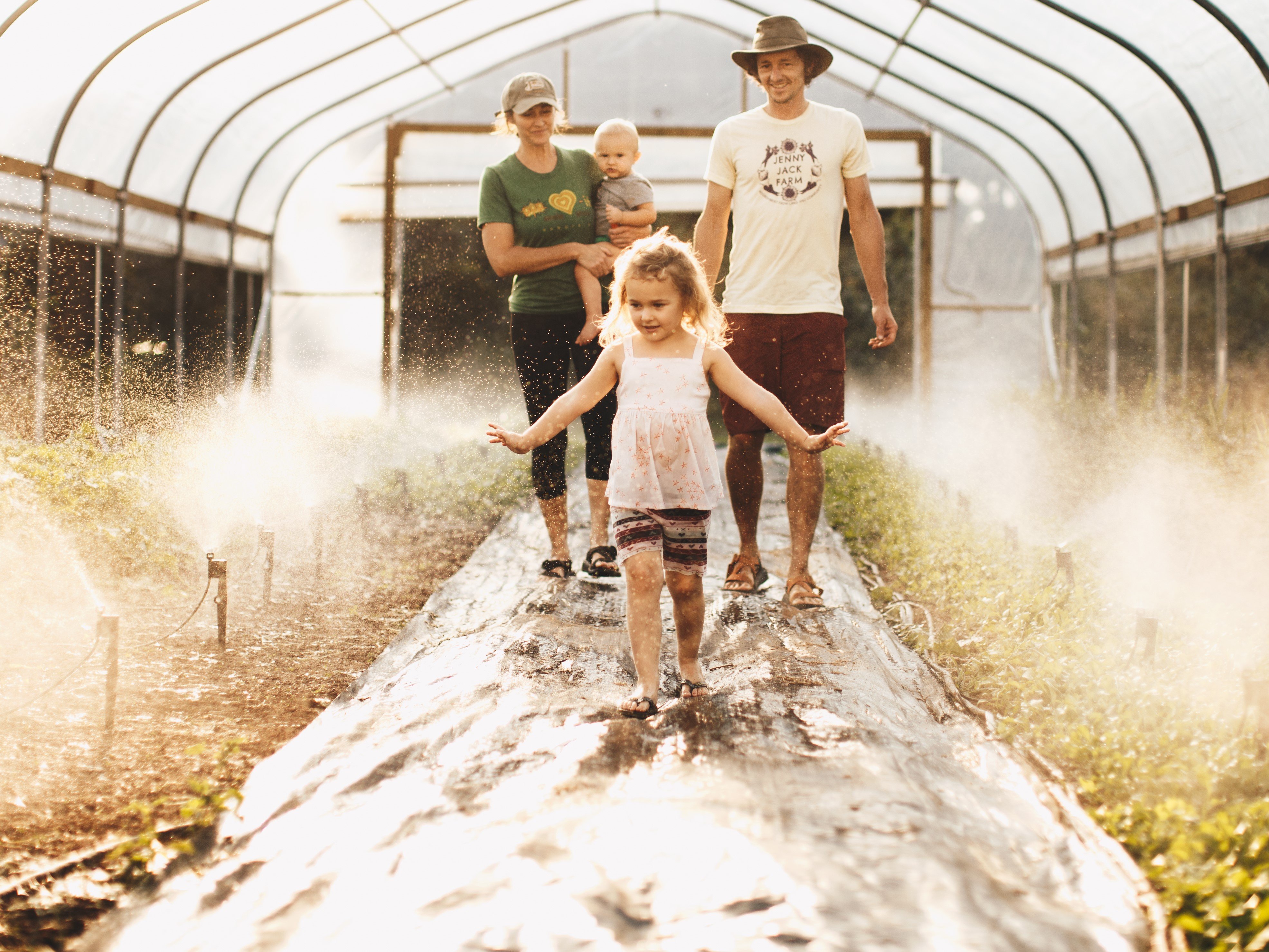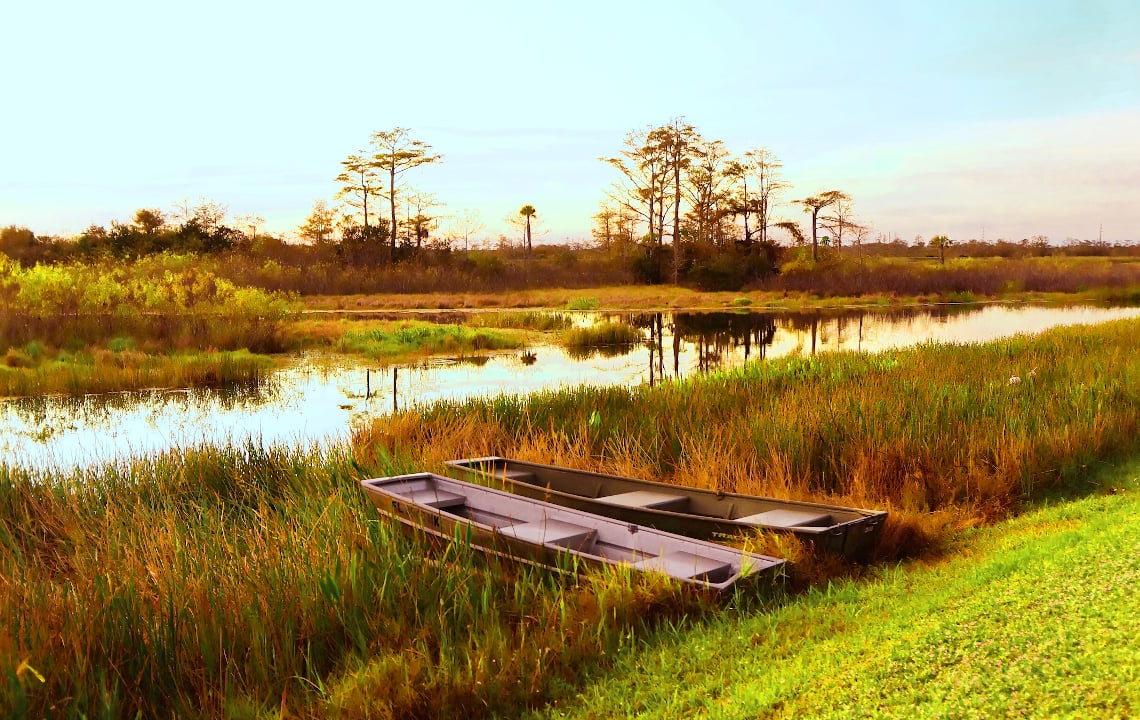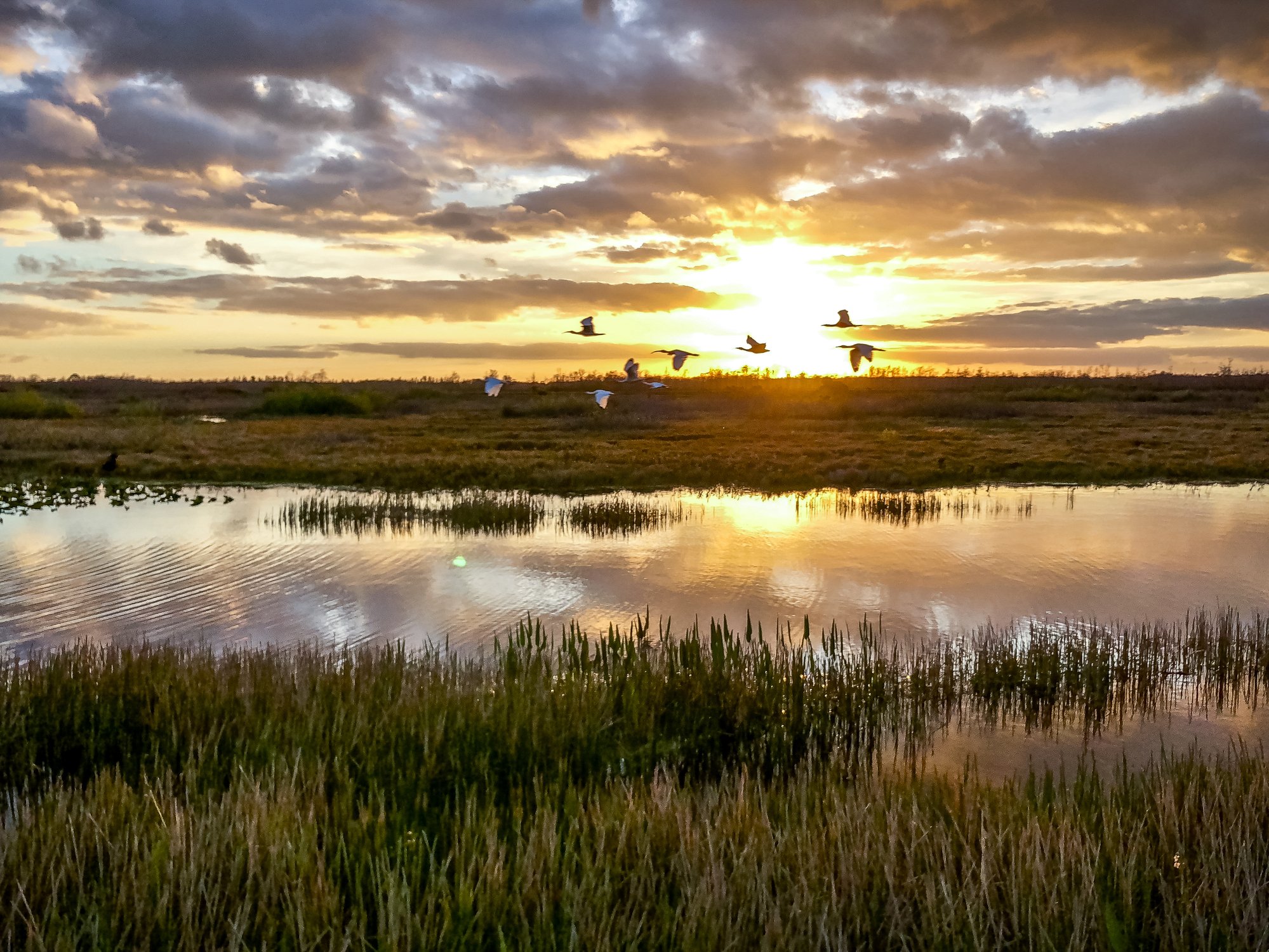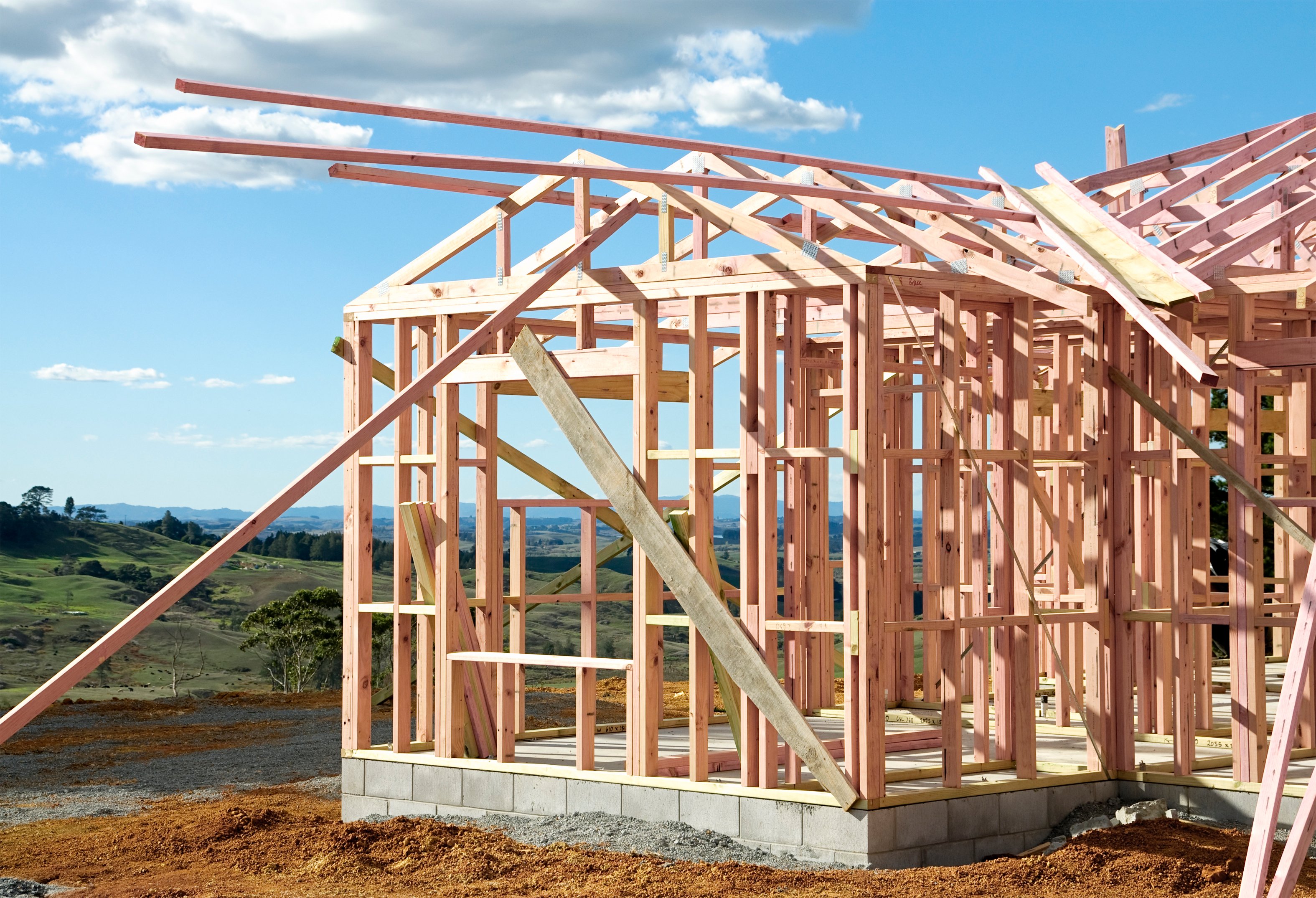The Land Show's Dave Milton offers advice about converting timberland into farmland, and factors to consider before trying to turn a forest into a farm.
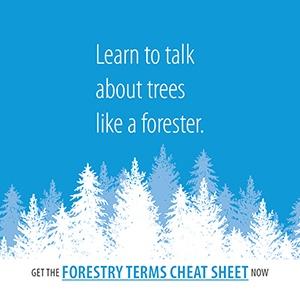 While a lot of rural land is forest, it can be made into good pasture or farmland with vision and know-how. We asked Dave Milton, ALC, president and broker of Southeastern Land Group headquartered in Dadeville, Alabama, what to consider when converting timberland into farmable land. The accredited land consultant has been in the business for more than two decades and hosts a podcast called The Land Show.
While a lot of rural land is forest, it can be made into good pasture or farmland with vision and know-how. We asked Dave Milton, ALC, president and broker of Southeastern Land Group headquartered in Dadeville, Alabama, what to consider when converting timberland into farmable land. The accredited land consultant has been in the business for more than two decades and hosts a podcast called The Land Show.
Why clear timberland instead of buying open property?
“Sometimes it’s a scarcity issue,” Milton explains. “Open land is gobbled up quickly as production farmland.”
The good news is timberland conversion is feasible if you take into consideration the following tips.
1. DEFINE THE PURPOSE FOR THE TIMBERLAND YOU WANT TO CONVERT TO FARMLAND.
What is your end goal? Does the land suit that? Decide before clearing timber.
“Are you converting it to pasture land to run animals on it--cows or goats or horses or whatever you’re going to fence in?” Milton asks. “Or are you converting it to plant crops?”
 |
| Milton |
2. TEST THE SOIL BEFORE YOU CLEAR THE TREES FOR FARMING.
“Make sure your soil is suitable to do what you want before you spend any money cutting the timber and clearing the land,” he advises.
Although nurturing soil is important to grow grass for grazing, good soil is even more critical to grow crops. Milton recommends soil testing through your state’s Cooperative Extension Service or the United States Department of Agriculture to find out what you’re dealing with. (You can use a kit to collect and send them a soil sample. They will test it and send you the results at little, if any, cost). To learn more, read our interview with a county extension agent who walks us through the steps of soil testing here.
3. IMPROVE THE SOIL IF NECESSARY.
Much land previously unsuitable for farming became farmable with the advent of commercial fertilizer. Mulching and adding hay repeatedly over time can make land that’s lost its topsoil feasible as grazing pasture. However, stripped land is unlikely to ever be suitable for row crops.
4. GROW CROPS OR RAISE LIVESTOCK APPROPRIATE FOR THE AREA.
“Do some homework and find out what does well in your area,” Milton says. He recommends talking to local farmers and visiting area farmers’ markets.
5. MAKE SURE YOU CONVERT ADEQUATE ACREAGE FOR YOUR NEEDS.
Strawberries using plasticulture drip irrigation, for instance, can yield profit at 10 acres. To make cows profitable, Milton says, a minimum of 10 to 15 head is needed, which will require 20 to 25 acres. Ten acres “is kind of the magic number for horse people,” Milton says. Beyond hobby farming and alternative methods like aquaponics, row crops for profit require 100+ acres.
6. HIRE PROFESSIONALS TO ASSESS AND SELL YOUR TIMBER STAND.
Foresters have the education and experience to do a proper inventory of your tree species, which can then be used to conduct competitive bids among wood buyers and mills. “Hopefully, you can make enough money with the timber sell to put into your land clearing project,” Milton says.
7. AFTER THE TIMBER CUT, CLEAR THE LAND TO THE EXTENT IT NEEDS TO BE CLEARED.
“If you’re going to row crop, you’ve got to get all the stumps out,” Milton explains. “You don’t have to get it as clean if you’re running livestock.”
8. Be realistic about the value of the timber -- cost fluctuates considerably.
Timber markets “vary wildly. Some timber is worth $300 an acre and some is worth $2,000 an acre,” says Milton, depending on the species and the size of the trees.
Once the trees are removed, the cost of getting the land ready for production or livestock, “can range from $600 an acre up to $1,400 an acre,” Milton says, “depending on the size of the stumps and the type of terrain.”
To enjoy more tips from Milton, tune in to his weekly podcasts on The Land Show at thelandshow.libsyn.com.


